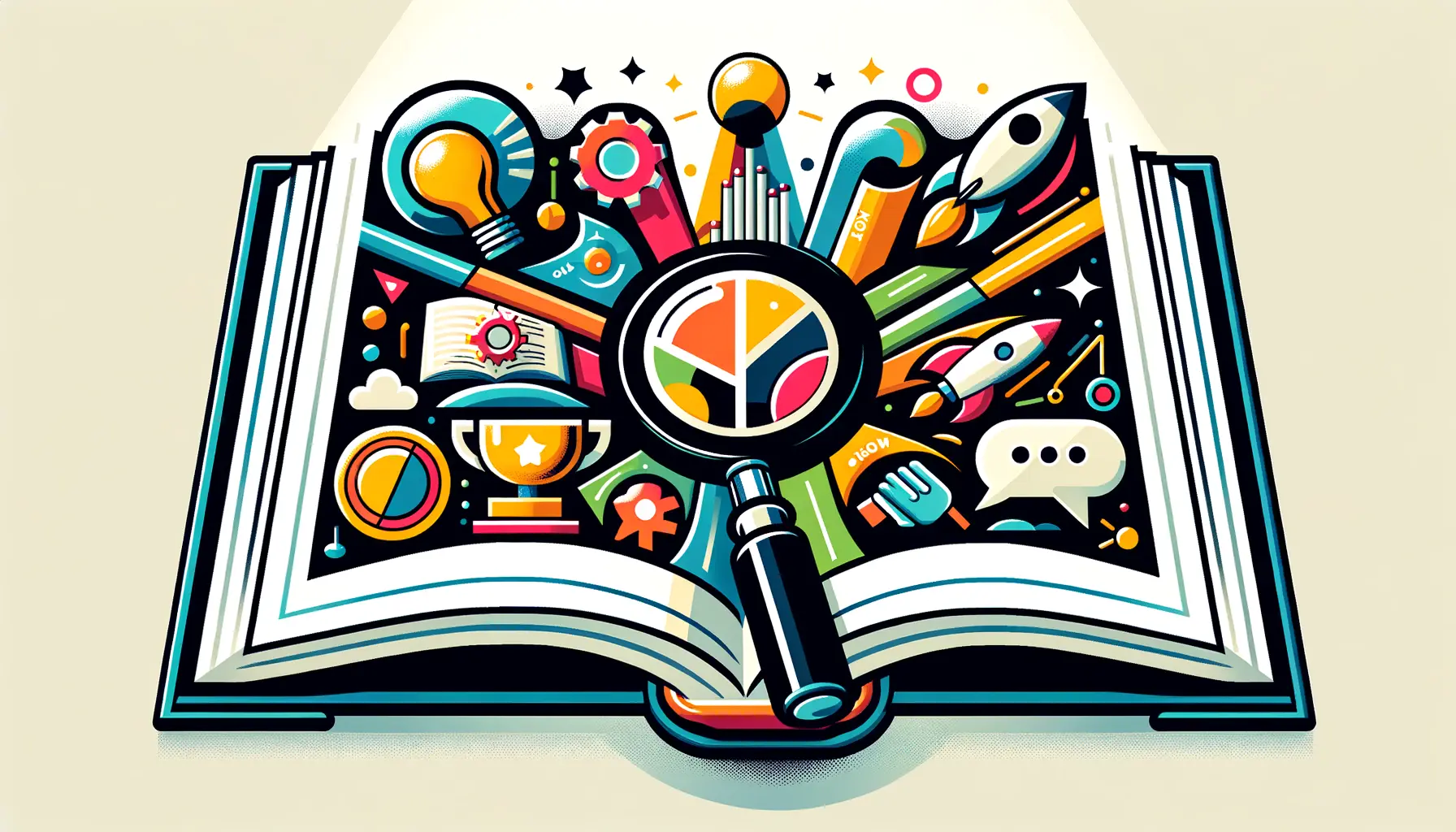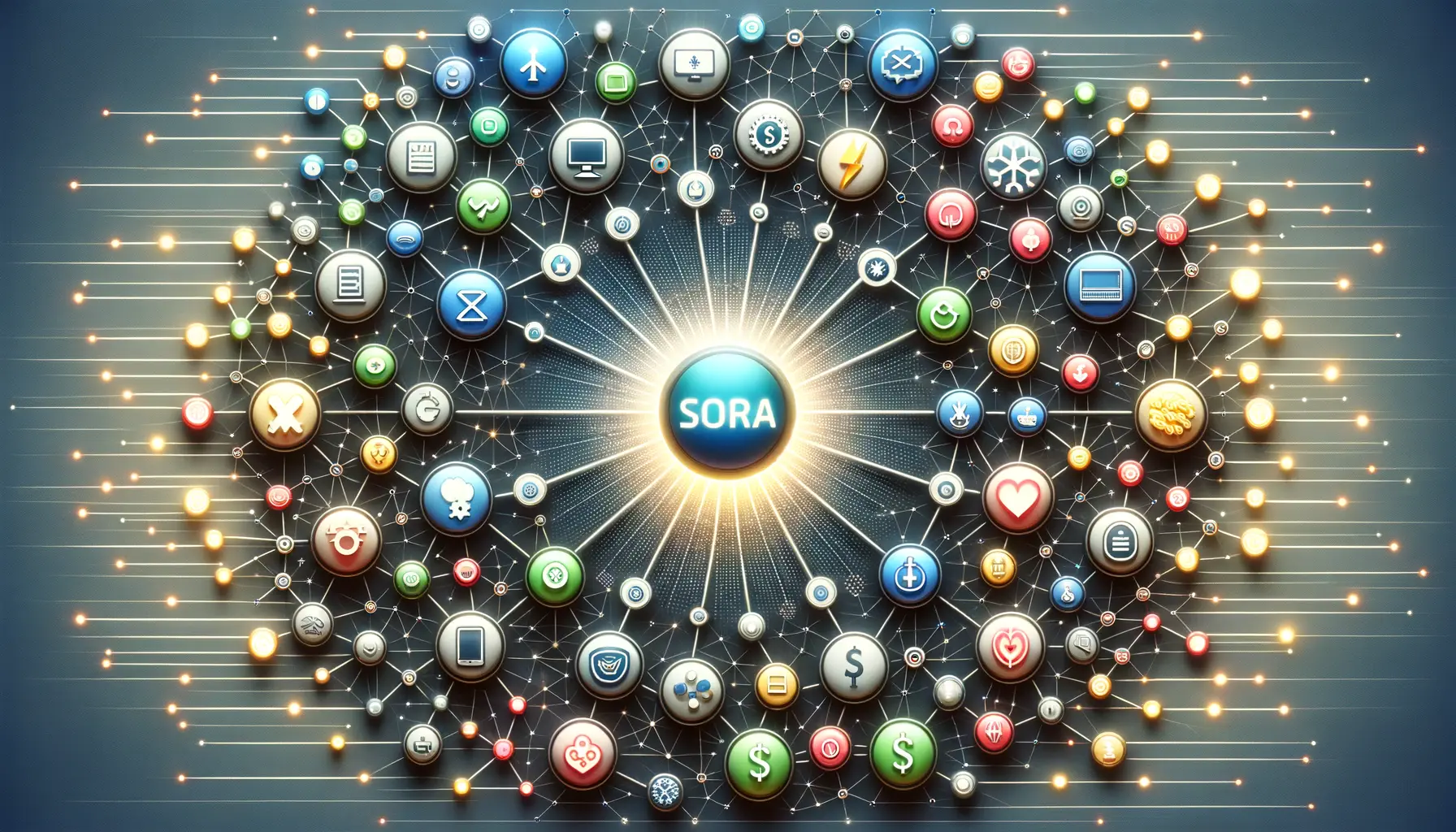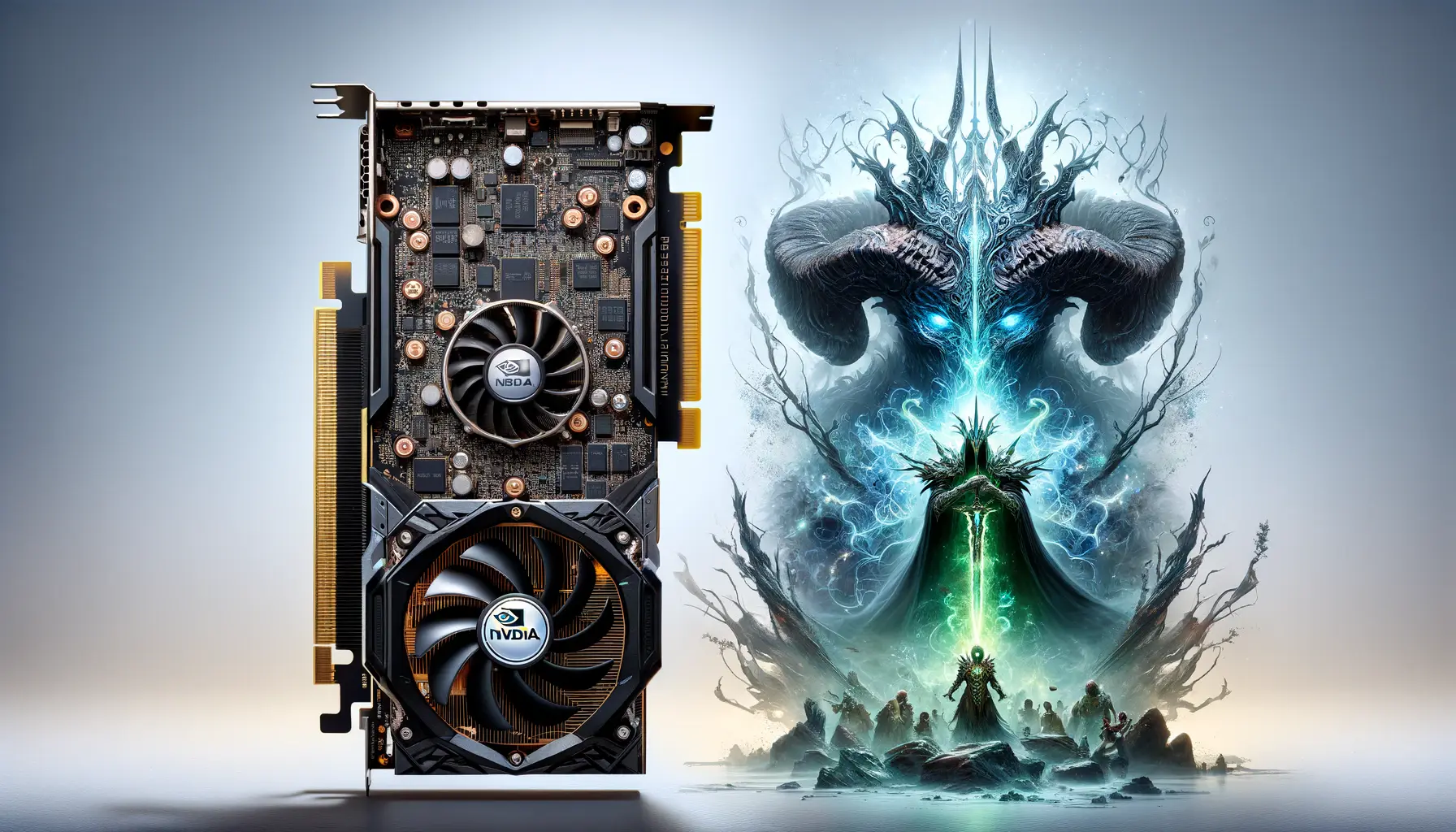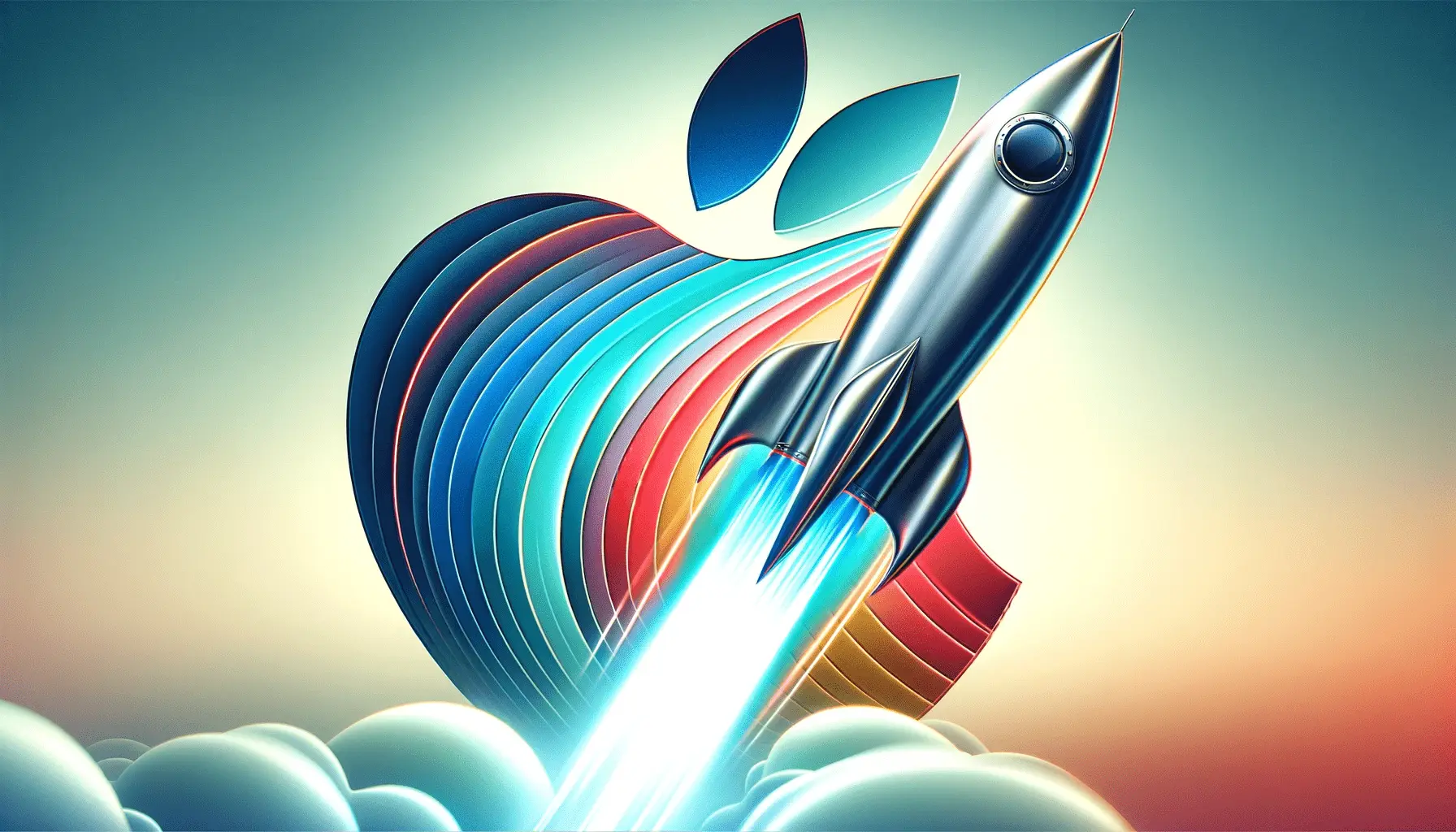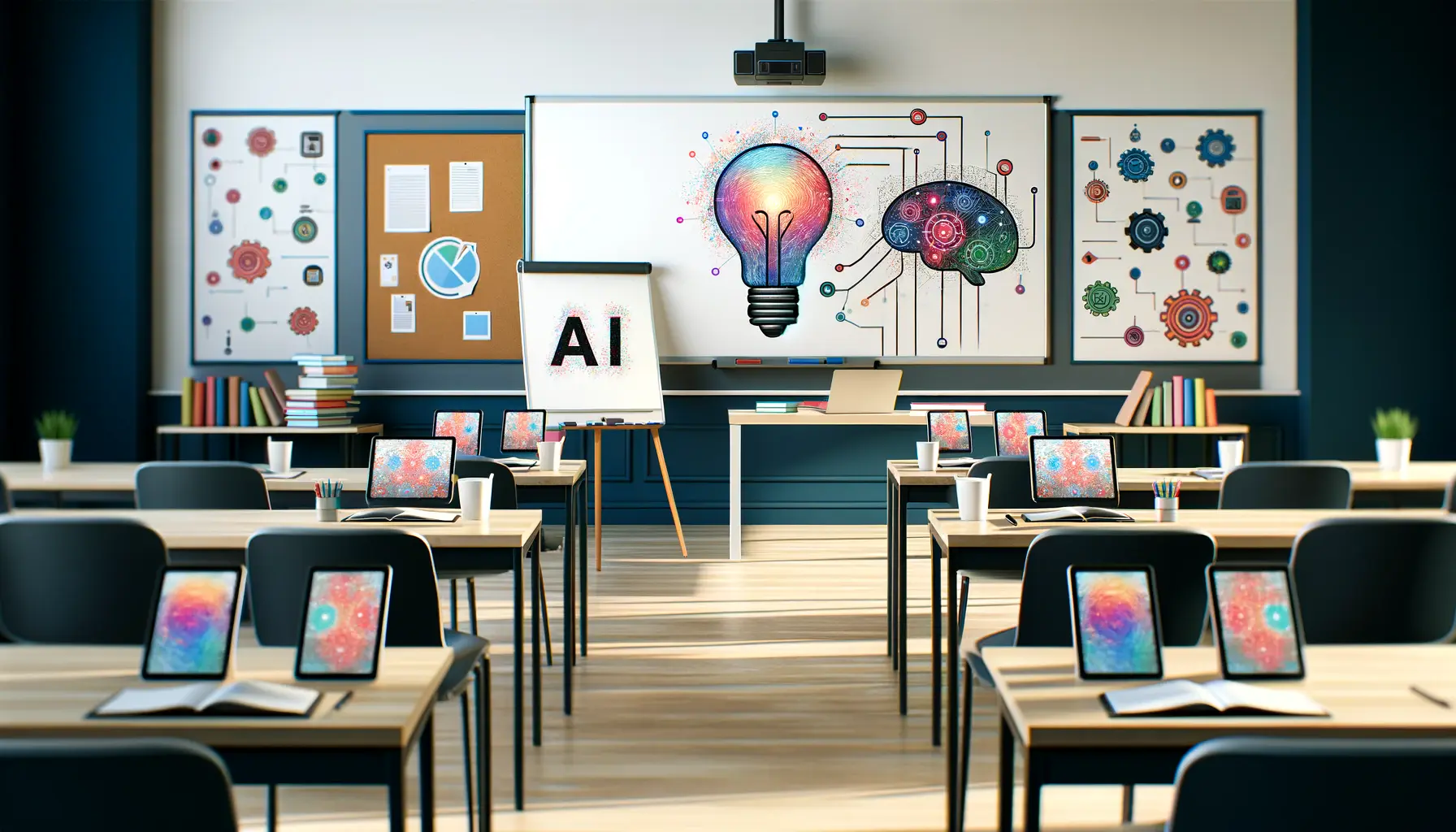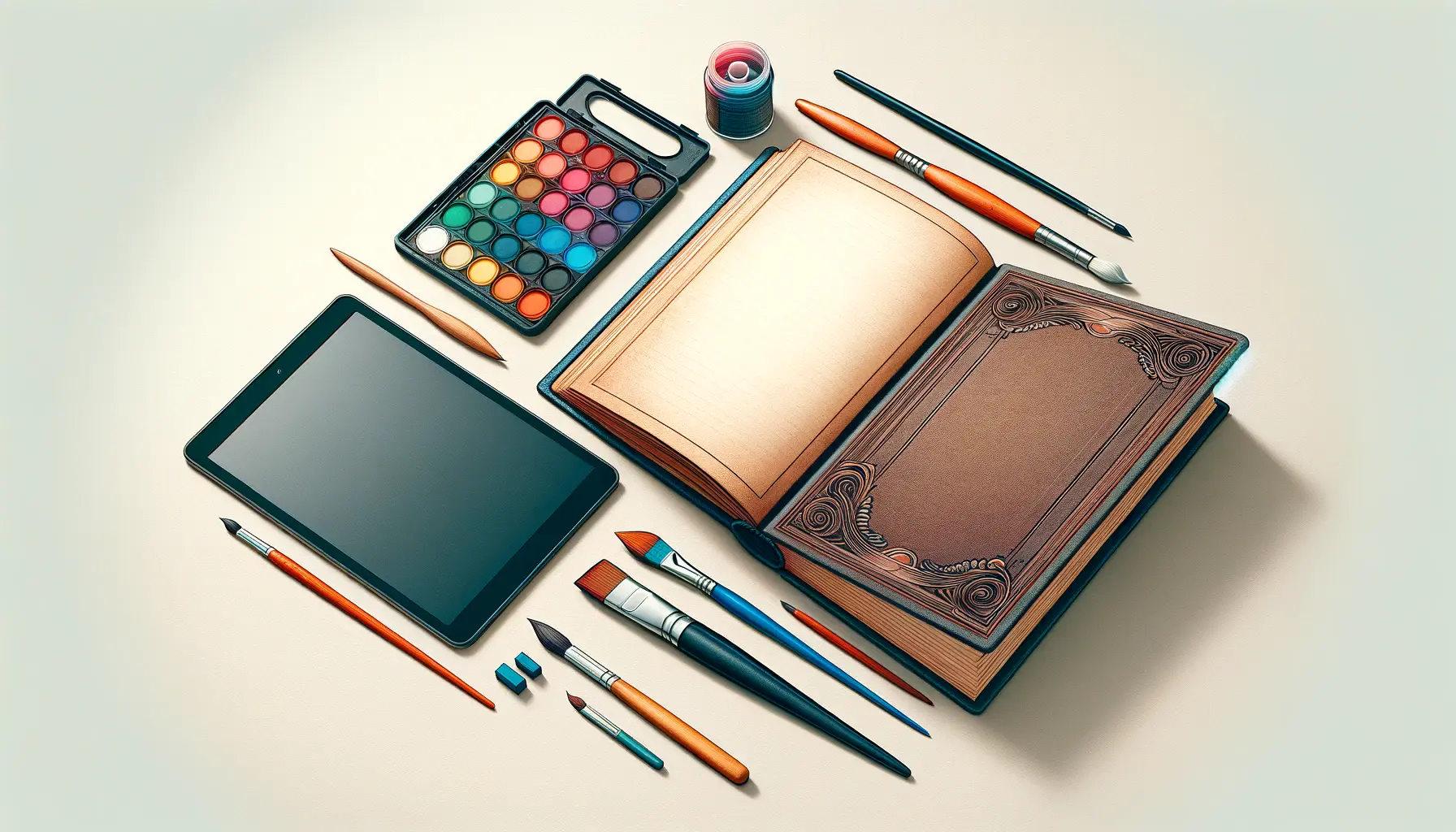The advent of artificial intelligence (AI) in the creative domain has marked a significant milestone in how we perceive and interact with technology.
Among the most groundbreaking innovations is DALL-E, a generative AI model developed by OpenAI, which has the remarkable ability to create images from textual descriptions.
This capability not only showcases the model’s understanding of complex concepts but also its potential to revolutionize various industries.
Exploring the success stories of DALL-E provides insight into its practical applications and the transformative impact it has had across different sectors.
From enhancing creative processes to solving real-world problems, DALL-E’s versatility is evident in the myriad of ways it has been utilized by businesses, educators, and artists alike.
- Revolutionizing Creative Industries
- Transforming Marketing and Advertising
- Advancing Education and Research
- Enhancing Accessibility and Inclusion
- Streamlining Workflow Across Industries
- Revolutionizing Game Development
- Future Prospects and Ethical Considerations
- Embracing the Future with DALL-E
- DALL-E Case Studies: Frequently Asked Questions
Revolutionizing Creative Industries
Empowering Artists and Designers
One of the most immediate impacts of DALL-E has been in the creative industries, where artists and designers have harnessed its capabilities to push the boundaries of imagination.
By inputting descriptive text, creatives can materialize concepts and ideas that are difficult to articulate or visualize traditionally.
This has not only streamlined the creative process but also opened up new avenues for artistic expression.
Case studies from various artists reveal how DALL-E has been instrumental in creating complex and surreal artwork that would otherwise require extensive time and resources.
For instance, a digital artist was able to generate a series of images depicting futuristic landscapes that blended elements of nature with urban architecture, a task that would typically demand considerable effort and skill.
Innovating in Product Design
Similarly, in the realm of product design, DALL-E has proven to be a valuable tool for conceptualization and prototyping.
Designers have utilized the AI to visualize products based on specific features or themes, significantly reducing the time needed for the ideation phase.
This rapid prototyping capability allows for quicker iterations, enabling teams to refine and perfect their designs with unprecedented efficiency.
A notable example is a design firm that leveraged DALL-E to generate multiple concepts for eco-friendly packaging solutions.
By providing detailed descriptions of the desired attributes, the firm was able to explore a variety of designs that aligned with their sustainability goals, facilitating a more innovative approach to tackling environmental challenges.
DALL-E’s impact on the creative industries underscores its potential to enhance creativity, streamline processes, and foster innovation.
Transforming Marketing and Advertising
The integration of DALL-E into marketing and advertising strategies has opened up new horizons for creating compelling and unique content.
By generating images that are both imaginative and relevant to their campaigns, companies can engage their audience in ways previously unattainable.
Enhancing Visual Content Creation
In the fast-paced world of digital marketing, the ability to quickly produce eye-catching and original visual content is invaluable.
DALL-E enables marketers to generate diverse visuals that resonate with their target audience, ensuring that their message stands out in a crowded digital landscape.
This not only improves engagement rates but also enhances brand recall.
- For example, a travel agency used DALL-E to create unique destination images that combined famous landmarks with fantastical elements, significantly increasing their social media engagement.
- Another case saw a food and beverage company generating innovative product images that blended their items with different cultural elements, helping them to tap into new markets.
Personalizing Customer Experiences
Beyond creating captivating content, DALL-E’s ability to produce highly personalized imagery has allowed brands to offer unique experiences to their customers.
Tailoring visual content to individual preferences or specific occasions can significantly enhance customer satisfaction and loyalty.
- An e-commerce platform introduced a feature where users received personalized product recommendations accompanied by DALL-E-generated images that matched their past browsing history, leading to a noticeable uptick in conversion rates.
- A greeting card company offered customers the option to create custom card designs by describing their ideal imagery, resulting in a surge in customer engagement and repeat purchases.
The application of DALL-E in marketing and advertising not only revolutionizes content creation but also paves the way for unprecedented personalization, setting a new standard for customer engagement.
Advancing Education and Research
The deployment of DALL-E within educational settings and research initiatives has showcased its potential to significantly enhance learning experiences and facilitate complex studies.
By visualizing concepts and data in intuitive ways, DALL-E aids in the comprehension and retention of information.
Visual Learning Tools
Education professionals have begun incorporating DALL-E-generated images into their teaching materials to create more engaging and illustrative content.
This approach has proven particularly effective in subjects where visual aids are crucial for understanding abstract or complex topics.
- Science teachers have used DALL-E to generate detailed illustrations of cellular structures, making it easier for students to grasp biological concepts.
- History educators have brought past events to life by creating vivid scenes of historical moments, enhancing students’ connection to the subject matter.
Supporting Academic Research
In the realm of academic research, DALL-E has been utilized to visualize data and theoretical models, aiding in the exploration of new theories and the presentation of findings.
Its ability to generate precise and detailed images from descriptions makes it an invaluable tool for researchers across various disciplines.
- A team studying environmental changes used DALL-E to visualize potential future landscapes under different climate scenarios, aiding in the communication of their research outcomes.
- Psychologists conducting studies on human perception have employed DALL-E to create stimuli for experiments, ensuring consistency and accuracy in their test materials.
DALL-E’s contribution to education and research not only enriches learning and teaching methodologies but also enhances the ability of researchers to visualize and communicate complex concepts and data.
Enhancing Accessibility and Inclusion
The advent of DALL-E has significant implications for accessibility and inclusion, offering innovative solutions to create more inclusive content and tools.
By generating images that reflect a diverse range of experiences and needs, DALL-E is helping to bridge gaps in representation and accessibility.
Creating Inclusive Content
Content creators are increasingly using DALL-E to produce imagery that represents a wide spectrum of individuals, cultures, and lifestyles, promoting diversity and inclusion across digital platforms.
This shift towards more representative visual content not only fosters a sense of belonging among underrepresented groups but also educates wider audiences.
- A digital magazine utilized DALL-E to create cover images featuring diverse individuals in scenarios that break traditional stereotypes, challenging prevailing narratives and promoting inclusivity.
- An educational app for children integrated DALL-E-generated images to include characters with a range of abilities, ethnic backgrounds, and family structures, providing a more inclusive learning environment.
Improving Accessibility Through Visual Aids
DALL-E’s capability to generate descriptive imagery from text has also been harnessed to create visual aids for individuals with visual impairments.
By translating textual descriptions into images, DALL-E can assist in providing a clearer understanding of content that would otherwise be inaccessible.
- A project developed visual aids for museum exhibits, allowing visually impaired visitors to experience artworks through detailed, tactile representations generated by DALL-E.
- Accessibility software now incorporates DALL-E to convert text-based content on websites into images, aiding users with dyslexia by providing visual representations of complex information.
DALL-E’s role in enhancing accessibility and inclusion demonstrates the model’s potential to not only innovate in the realm of content creation but also to contribute meaningfully to societal progress.
Streamlining Workflow Across Industries
The integration of DALL-E into various industry workflows has demonstrated its potential to streamline operations, enhance productivity, and foster innovation.
By automating the generation of visual content, DALL-E allows businesses to allocate their resources more efficiently and focus on strategic initiatives.
Automating Content Creation
Companies across the board are leveraging DALL-E to automate the creation of visual content, significantly reducing the time and effort involved in these processes.
This automation not only speeds up production timelines but also allows creative teams to focus on higher-level tasks that require human insight and creativity.
- An online retailer used DALL-E to automatically generate product images for its website, cutting down the time required for photo shoots and editing.
- A marketing agency employed DALL-E to produce a variety of advertising materials, enabling rapid testing of different visual strategies without the need for extensive graphic design resources.
Enhancing Real Estate and Architecture Visualization
In the realms of real estate and architecture, DALL-E is revolutionizing the way properties and designs are visualized and presented.
By providing detailed and customizable images based on textual descriptions, DALL-E helps professionals convey their visions more effectively to clients.
- Real estate agents are using DALL-E to create virtual staging images, showcasing properties in various styles and setups to attract a broader range of buyers.
- Architects harness DALL-E to visualize architectural concepts and modifications quickly, facilitating a more collaborative and iterative design process with their clients.
The application of DALL-E in streamlining workflows underscores its value as a tool for enhancing efficiency and innovation across industries, proving that AI can play a crucial role in the future of work.
Revolutionizing Game Development
The gaming industry stands as one of the most creative and technologically advanced sectors where DALL-E’s impact is profoundly transformative.
By generating unique assets and environments, DALL-E is revolutionizing the way games are developed, offering a new level of creativity and efficiency.
Creating Unique Game Assets
Game developers are utilizing DALL-E to generate diverse and unique assets, from characters to environments, enhancing the visual appeal and immersion of their games.
This not only saves significant time in the development process but also allows for the creation of more varied and rich game worlds.
- A small indie game studio used DALL-E to create distinctive character designs, allowing for a more diverse cast without the need for extensive artist hours.
- For a fantasy game, developers generated intricate and varied environmental assets using DALL-E, creating a world that feels expansive and alive.
Enhancing Concept Art Creation
Concept art is crucial in the early stages of game development for visualizing ideas and themes.
DALL-E accelerates this process by instantly providing high-quality concept images based on descriptive prompts, enabling faster iteration and decision-making.
- By describing scenes and settings to DALL-E, a development team was able to quickly gather concept art for a post-apocalyptic game, streamlining the pre-production phase.
- DALL-E was also used to explore different aesthetic styles for a game’s user interface, helping the team to quickly settle on a visually cohesive design direction.
DALL-E’s contribution to game development not only showcases its ability to enhance creative processes but also highlights the potential for AI to become an integral part of the gaming industry’s future.
Future Prospects and Ethical Considerations
The advent of DALL-E and similar AI technologies heralds a new era of creativity and efficiency, offering a glimpse into a future where AI’s role in content creation is both ubiquitous and transformative.
As we look forward to the endless possibilities, it’s also crucial to navigate the ethical landscape that accompanies such advancements.
Expanding Creative Horizons
The potential for DALL-E to further evolve and integrate with other technologies promises to unlock even more creative possibilities.
Future iterations could offer enhanced realism, greater understanding of complex prompts, and even collaboration between multiple AI models for multidisciplinary projects.
The prospect of AI-assisted creativity holds the promise of democratizing art and design, making it accessible to those without formal training or skills.
Addressing Ethical and Societal Impacts
However, the rise of AI in creative fields also raises important ethical questions.
Issues such as copyright infringement, the devaluation of human artistry, and the potential for generating misleading or harmful content necessitate a thoughtful approach to the development and deployment of technologies like DALL-E.
It’s imperative for creators, technologists, and policymakers to work together to establish guidelines that encourage innovation while protecting individual rights and societal values.
- Developing transparent policies around the use of AI-generated content can help mitigate copyright concerns and ensure fair compensation for creators.
- Implementing content filters and ethical guidelines can reduce the risk of misuse, ensuring that DALL-E and similar technologies are used responsibly.
Ignoring the ethical considerations and societal impacts of AI in creative processes could undermine the potential benefits and lead to significant challenges.
Embracing the Future with DALL-E
The journey through the realms of creativity, efficiency, and innovation powered by DALL-E has unveiled a future where the boundaries between artificial intelligence and human ingenuity blur.
As we stand on the brink of this new era, it’s clear that DALL-E is not just a tool but a catalyst for transformative change across industries, from art and design to education and beyond.
The Path Forward
As we look ahead, the potential of DALL-E to revolutionize content creation and workflow processes is undeniable.
Its ability to understand and interpret complex prompts into visual masterpieces heralds a new age of creativity, where ideas can be visualized as quickly as they are conceived.
This capability promises to democratize creativity, making it accessible to all, regardless of technical skill or artistic ability.
Navigating Ethical Waters
However, the widespread adoption of DALL-E also necessitates a careful consideration of the ethical implications.
The balance between fostering innovation and protecting intellectual property, ensuring fair compensation, and preventing misuse is delicate.
As such, the development of comprehensive guidelines and policies will be crucial in shaping a future where DALL-E and similar technologies can be used responsibly and ethically.
- Establishing clear usage rights and guidelines to protect creators and consumers alike.
- Encouraging transparency in the creation and distribution of AI-generated content.
- Promoting ethical AI use through education and awareness campaigns.
In conclusion, DALL-E represents a significant leap forward in the field of generative AI, offering a glimpse into a future where the creation of visual content is only limited by our imagination.
As we embrace this future, it is imperative that we navigate the ethical considerations with care, ensuring that the benefits of such technologies are realized while minimizing potential harms.
The success stories of DALL-E across various sectors underscore its potential to enhance human creativity, streamline workflows, and foster innovation.
By working together to address the challenges and opportunities presented by DALL-E, we can unlock a future that is not only more creative and efficient but also more inclusive and ethical.
DALL-E Case Studies: Frequently Asked Questions
Explore the most common inquiries about DALL-E and its groundbreaking impact on various fields through these frequently asked questions.
DALL-E is an AI by OpenAI that generates images from textual descriptions, using advanced algorithms to understand and visualize concepts.
Yes, DALL-E can generate images for commercial purposes, subject to OpenAI’s usage policies and copyright considerations.
DALL-E has revolutionized creative industries by enabling the generation of unique, complex images, enhancing creativity and productivity.
Yes, educators can use DALL-E to create visual aids and materials, making complex subjects more accessible and engaging for students.
Using DALL-E raises ethical questions regarding copyright, the authenticity of art, and the potential for generating misleading content.
Can DALL-E enhance personalization in marketing?
[/title][desc]Yes, DALL-E can significantly enhance personalization in marketing by creating tailored visual content that re
